Handbook of Biofertilisers
In stock
Man made fertilizers have come to stay in the 20th century for increasing the output of agricultural products and to meet the ever increasing demand of human population which has been further accentuated by the limited availability of additional fertile farm land. The pathway of productivity improvement followed so far has, however, been accompanied by an exponential increase in the consumption of non-renewable forms of energy. Manufacture of chemical fertilizers is heavily dependent on energy derived from fossil fuel which is getting depleted at a very fast rate. On the contrary, biofertilizers require much less energy and are dependent on as products of photosynthesis and organic matter in the soil. The natural organic nitrogen provided by the biofertilizers to the agro-ecosystem do not pose any health risk to humans which is being seriously apprehended by the use of chemical and synthetic inorganic nitrogen. Most soils contain insoluble inorganic phosphate but they are of no use to crops unless they are solubilized. Much of the soluble phosphates applied to soil as fertilizers is fixed by the soil and rendered less available to plants, resulting in an accumulation of total soil P most of which is poorly soluble. Phosphate solubilizing micro-organisms are capable of solubilizing such fixed forms of P making it available to plants. Considerable amount of phosphate present in the deeper layers of soil is beyond the reach of roots. Vesicular Arbuscular Mycorrhiza (VAM) forming symbolic association with plant roots make this phosphorus accessible to growing plants. Many investigations are lost for years, if not forever, in the jungle of journals and the tangle of tongues. An effort has been made in this volume to provide a complete citation of all references particularly more recent works and landmark studies, and through such references, providing access for interested readers to earlier studies. The book provides completeness of cover to the potentials of biofertilizers and expose them to current thinking on the subject, and will help them inculculate thoughts on the most profitable areas for future research.

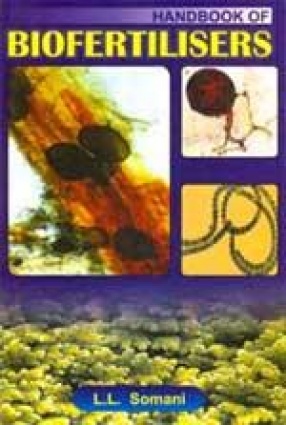
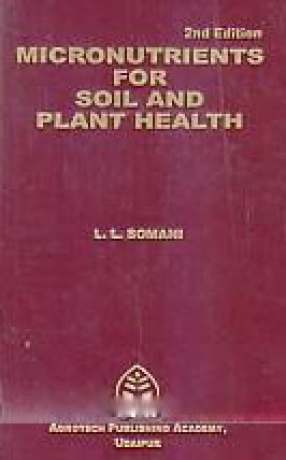
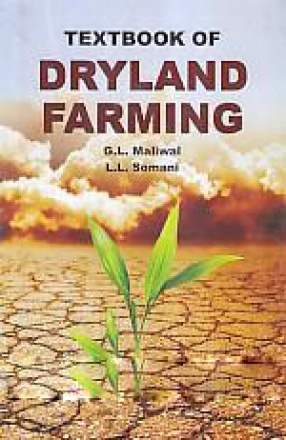
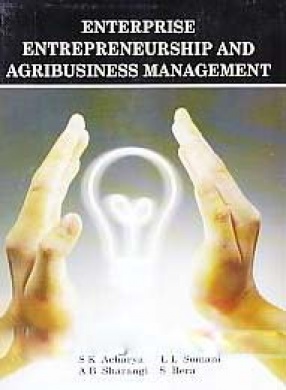
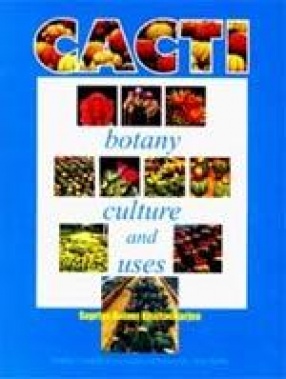
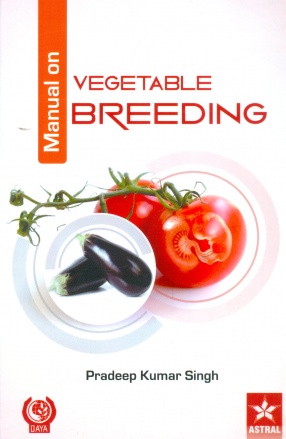
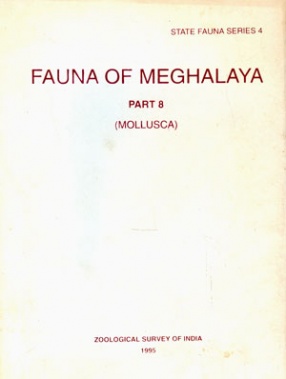
There are no reviews yet.